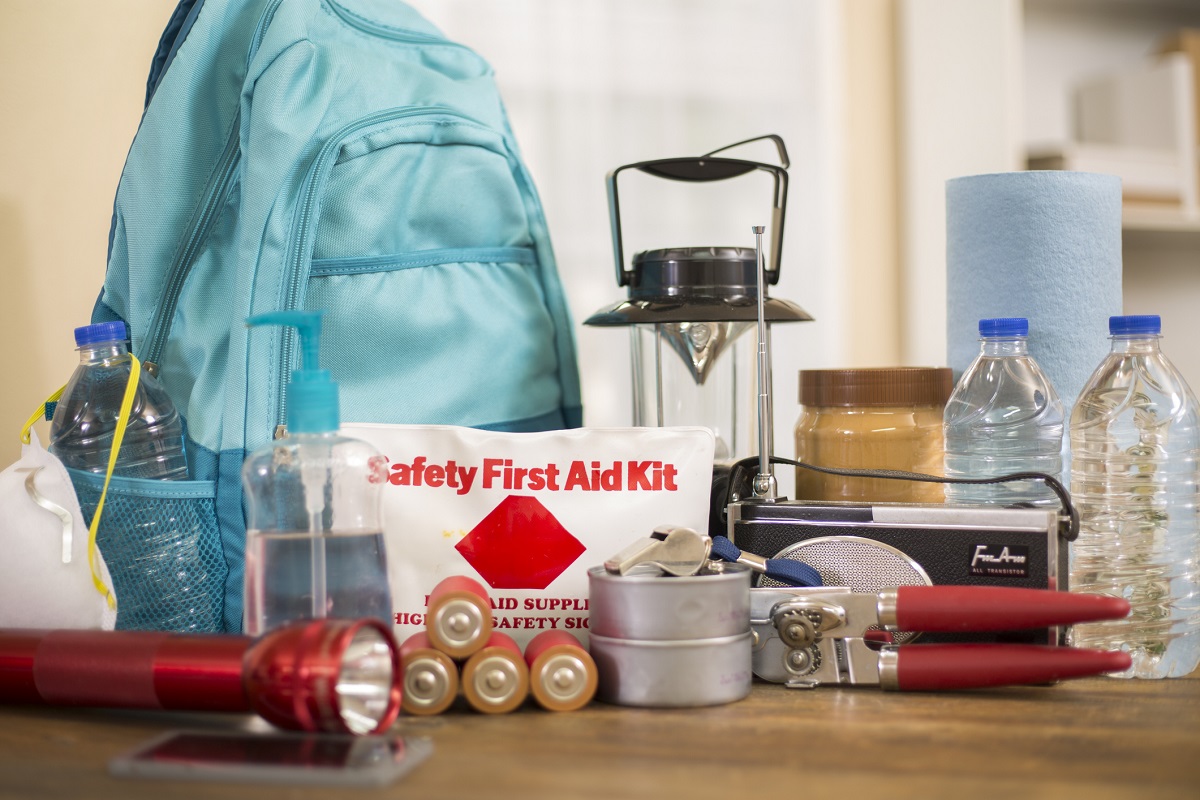National Preparedness Month serves as planning reminder

September is National Preparedness Month, and what better time to dust off your emergency preparedness kit (or build one) and think about your plans for a disaster?
Preparedness should focus on a range of potential threats from extreme weather to chemical spills, pandemics, cyber breaches and violent acts.
First make sure you are connected to the right emergency alert systems. Penn State Health Alerts is powered by the Everbridge platform and communicates potentially lifesaving information before, during and after critical events. The emergency notification system provides instant communication via phone, email, text messaging, mobile app and other channels. You can download the mobile app here.
The Ready Campaign is a national public-service campaign that helps people prepare for and respond to emergencies. They offer many resources, from hazard information sheets to family communications.
The Ready Campaign suggests that during Preparedness Month talk with your friends and family about how you will communicate before, during, and after a disaster. Make a plan, and consider COVID-19 safety needs, too. Build an emergency preparedness kit, and consider dietary issues, medications and pet needs. Don’t forget home safety and insurance coverage. Finally, make sure you have child-friendly discussions about what to do if you are separated, share key phone numbers and identify safe places in the home.
Emergency preparedness affects work, as well. Health care delivery and hospital operations depend on you. Making plans to travel to work in bad weather equates to a well-stocked vehicle––food and water, shovel and salt in winter, and a go-bag for a possible overnight stay. And you have to make sure your family―including pets― are covered at home It’s even more critical if the emergency drives more patients to our medical centers for care.
Advance preparation makes a major difference in on-the- job emergencies, such as threats of violence. Hershey Medical Center is expanding its Children’s Hospital silver sticker initiative, used in the event of intruder breaches and active-shooter incidents, to nursing units in the adult hospital. Become familiar with your facilities’ security resources and workplace violence protections and intervention services, such as Behavioral De-escalation Response Teams.
Finally, remember that cyber incidents are growing more common, and we all play a role in reducing exposure. At home, that can mean a compromised debit card or bank account. At work, it can be a ransomware attack that compromises patient care and costs the medical center millions of dollars. Penn State Health’s Cybersecurity and Privacy Department Infonet page contains education, training and tips to protect yourself and the health system.
If you approach preparedness planning a little at a time this month, you will be ready for the worst but can expect far better outcomes.
If you're having trouble accessing this content, or would like it in another format, please email Penn State Health Marketing & Communications.
